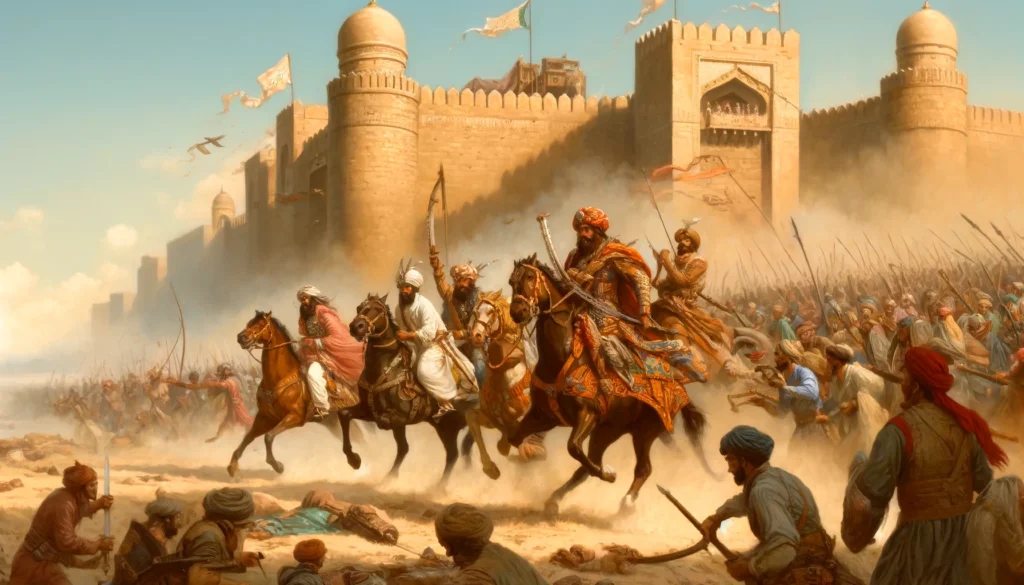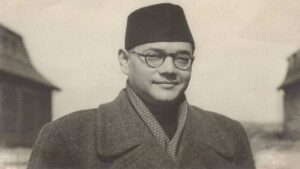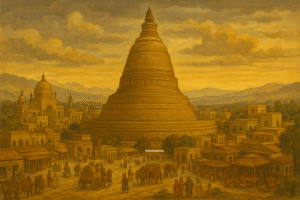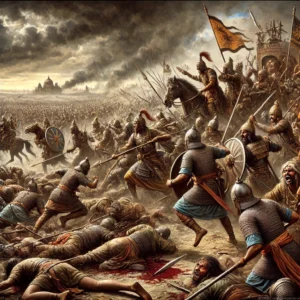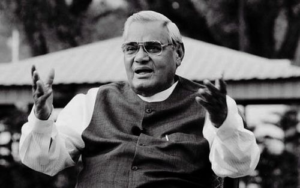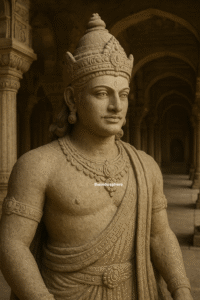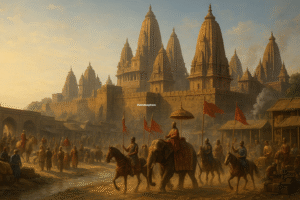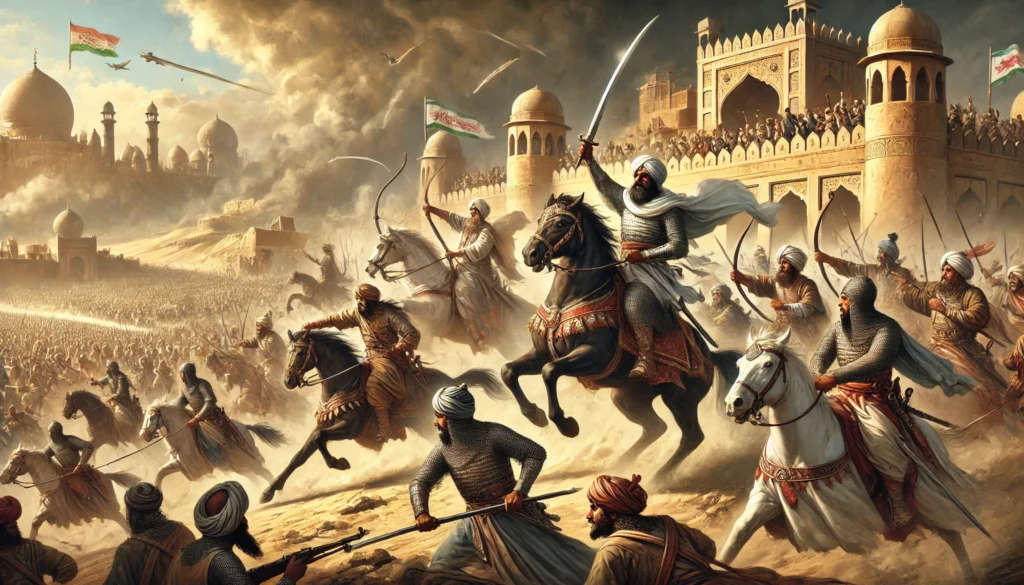
The Arab conquest of Sindh in 711 CE, led by Muhammad bin Qasim, marked a significant turning point in Indian history. It introduced Islamic governance to the subcontinent, bringing new administrative, cultural, and religious influences. While this period did not lead to widespread expansion of Islamic rule in India, it set a precedent for later incursions and interactions between Islamic and Indian civilizations.
Muhammad bin Qasim’s Invasion
The invasion of Sindh was initiated under the Umayyad Caliphate, largely as a response to alleged piracy incidents against Arab traders in the region. Muhammad bin Qasim, a young general, led the expedition, defeating Raja Dahir, the ruler of Sindh, in the decisive Battle of Aror. With his victory, he established Arab rule in Sindh, incorporating the region into the Islamic Caliphate.
Administrative Changes and Islamic Laws
Following the conquest, Muhammad bin Qasim implemented Islamic laws, which significantly altered the administrative structure of the region. Key features of the governance included:
- Introduction of Jizya: A tax imposed on non-Muslims (primarily Hindus and Buddhists) as a condition for protection under Islamic rule.
- Legal System: Islamic law (Sharia) was enforced in civil and criminal matters, replacing many local legal traditions.
- Land Revenue and Taxation: While elements of the existing system were retained, the revenue administration was aligned with Islamic principles.
Cultural and Linguistic Shifts
One of the significant impacts of Arab rule in Sindh was the introduction of Arabic and Persian as the primary administrative languages. This diminished the influence of Sanskrit, which had been the dominant language in governance, literature, and religious texts.
Hindu and Buddhist institutions suffered under Arab rule, with many temples and monasteries destroyed or converted into mosques. The spread of Islam, however, was relatively slow, as the local population continued to adhere to their traditional faiths despite the political changes.
Limitations of Arab Expansion
While Sindh remained under Arab control for over a century, their influence was largely confined to this region. Unlike later Islamic invasions that penetrated deeper into the Indian subcontinent, Arab rule in Sindh did not lead to widespread territorial expansion. The resistance from local Hindu and Rajput rulers, along with internal challenges within the Caliphate, limited further conquests.
Decline of Arab Rule
By the late 9th century, the Abbasid Caliphate, which had taken over from the Umayyads, faced significant challenges in maintaining control over distant provinces like Sindh. Local governors and Arab settlers began asserting independence, leading to the fragmentation of centralized rule. By 870 CE, the influence of the Caliphate had weakened, and Sindh gradually came under the rule of local dynasties, paving the way for later Hindu and Muslim rulers.
Aftermath and Successor Dynasties
After the decline of Arab rule in Sindh, the region came under the control of various local and regional dynasties:
- Saffarids (870s – early 10th century CE): A Persian-origin dynasty that briefly exerted influence over Sindh after the decline of Abbasid control.
- Soomra Dynasty (10th – 13th century CE): A local Rajput dynasty that converted to Islam and established independent rule over Sindh.
- Sammas (14th – 16th century CE): Followed the Soomras, promoting trade and culture, with Thatta emerging as an important center.
- Mughals and Arghun Rule (16th century CE): The Arghuns and later the Tarkhans ruled before the Mughal conquest under Akbar in the late 16th century.
Legacy and Impact
The Arab rule in Sindh (711 CE – 870 CE) was a pivotal moment in Indian history, marking the first instance of Islamic governance in the region. While it introduced new administrative and cultural elements, its long-term impact was limited due to geographical and political constraints. Nonetheless, it laid the groundwork for future Islamic incursions into India, influencing the region’s religious and linguistic landscape for centuries to come.

